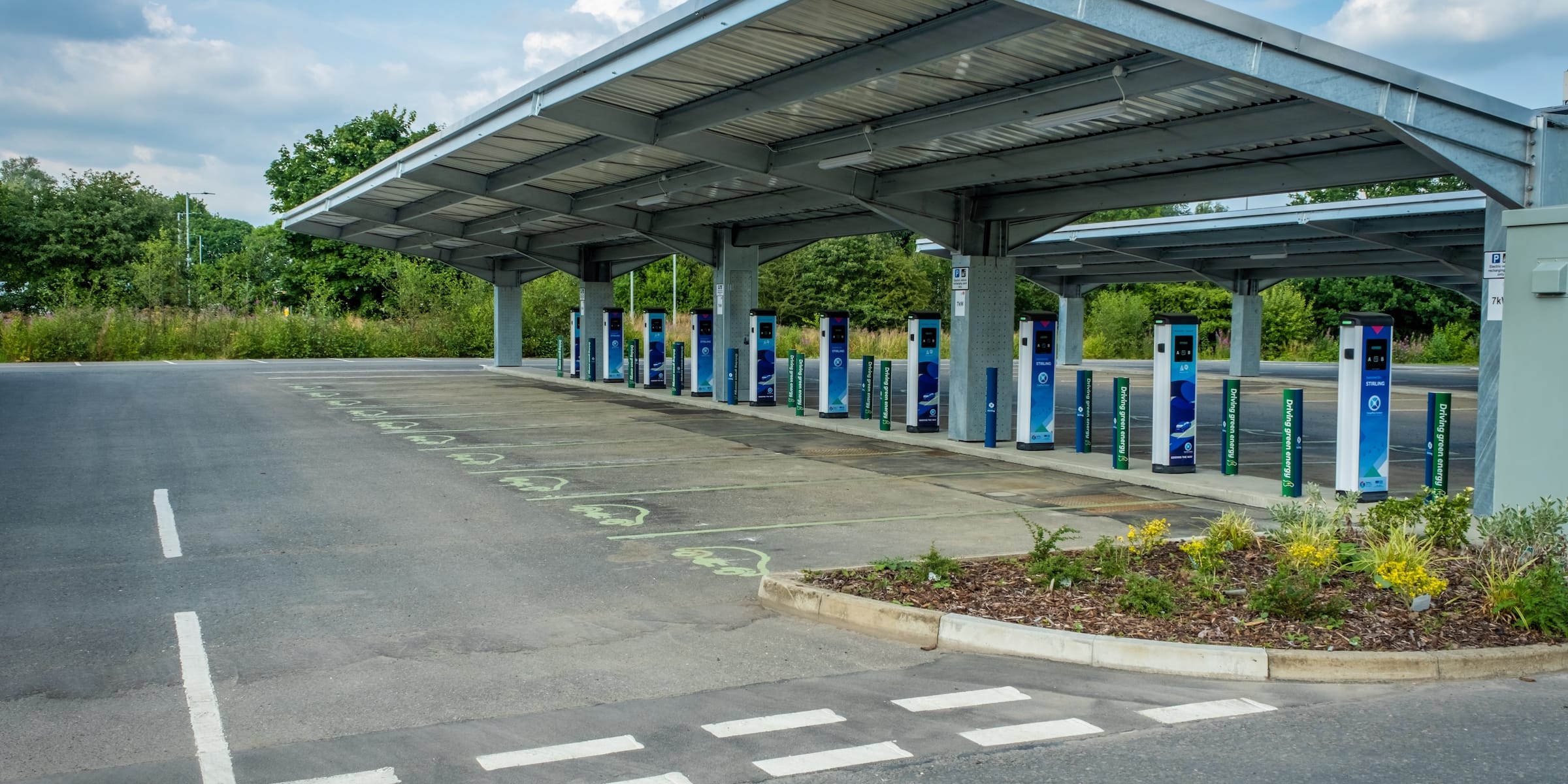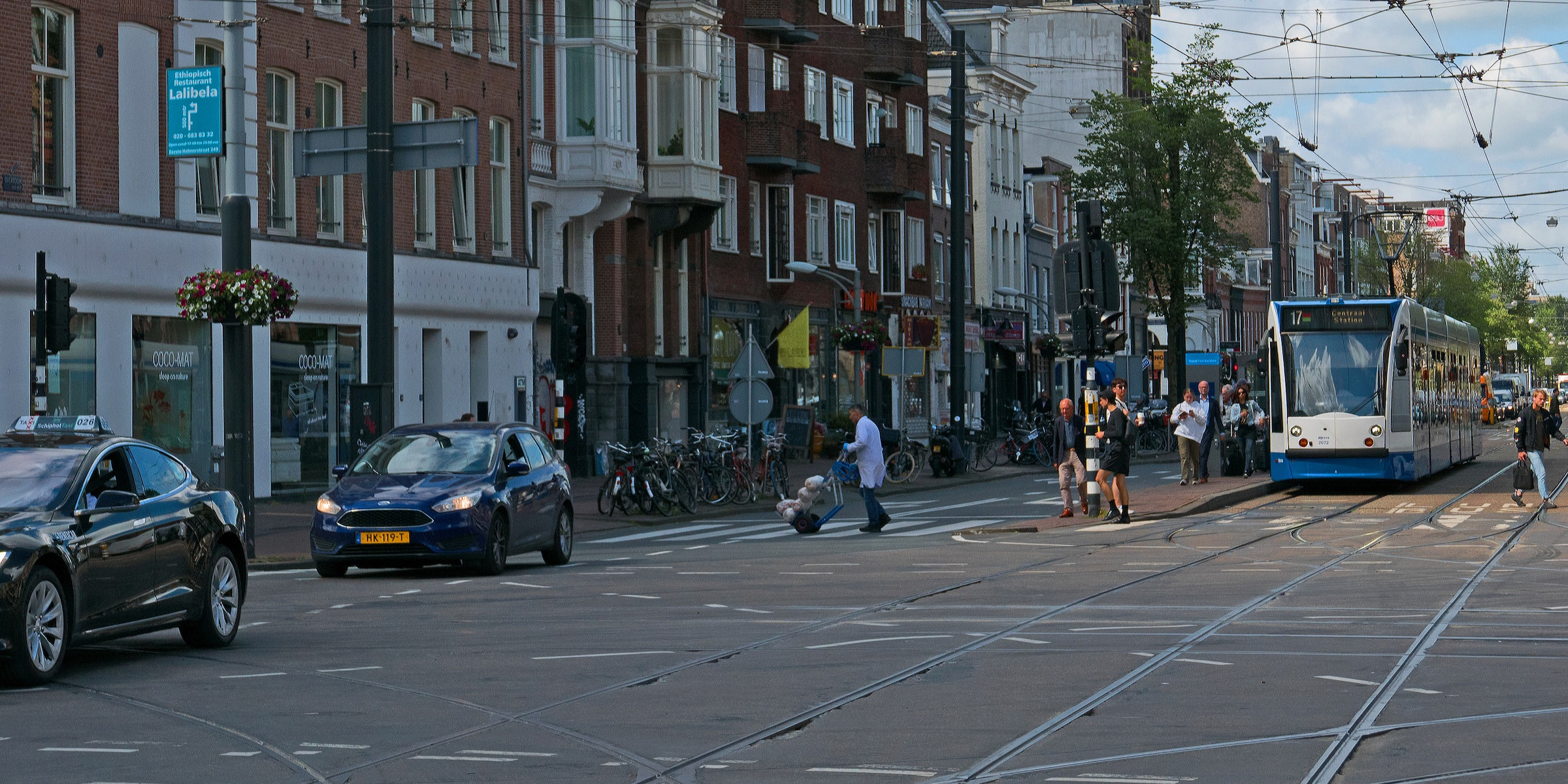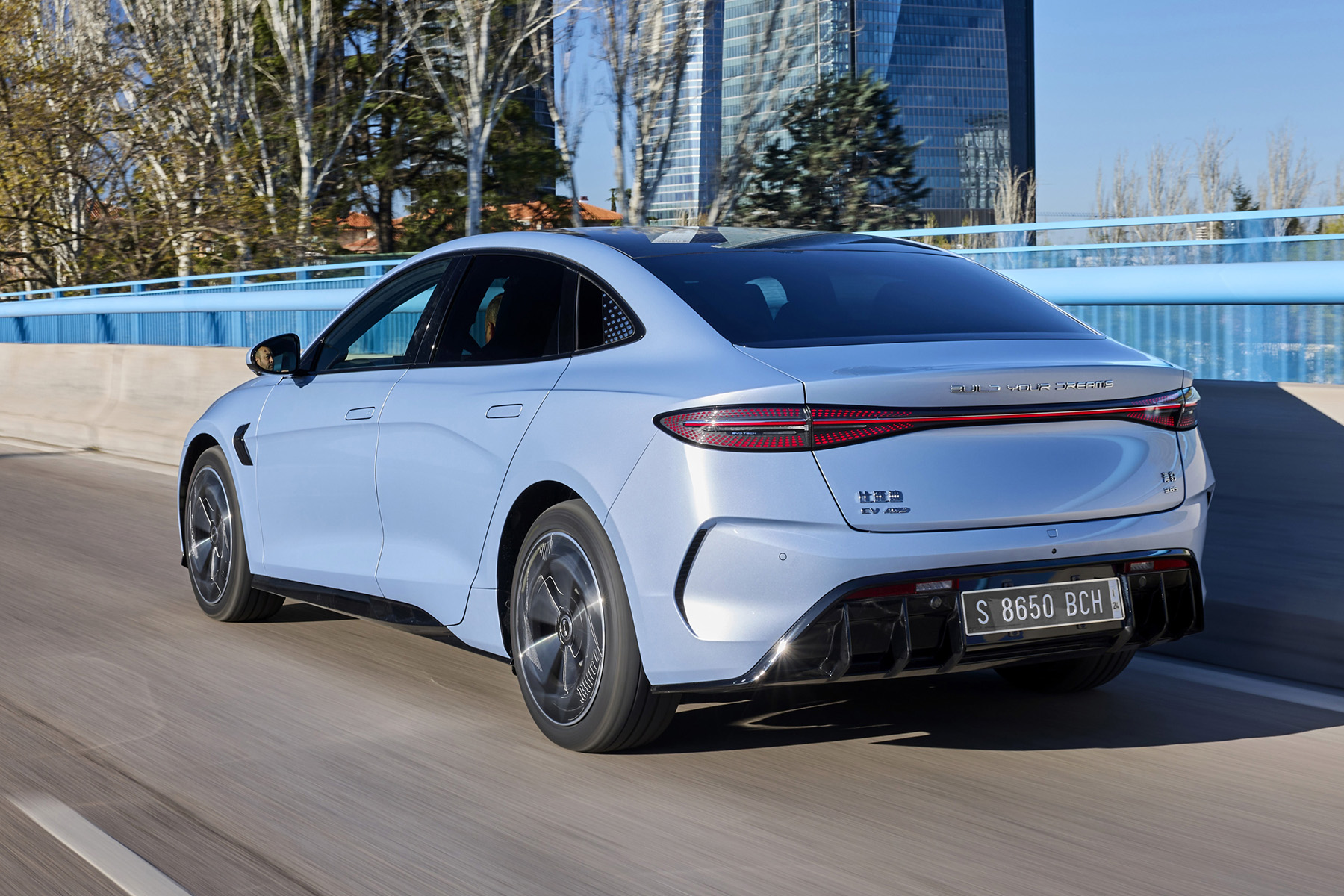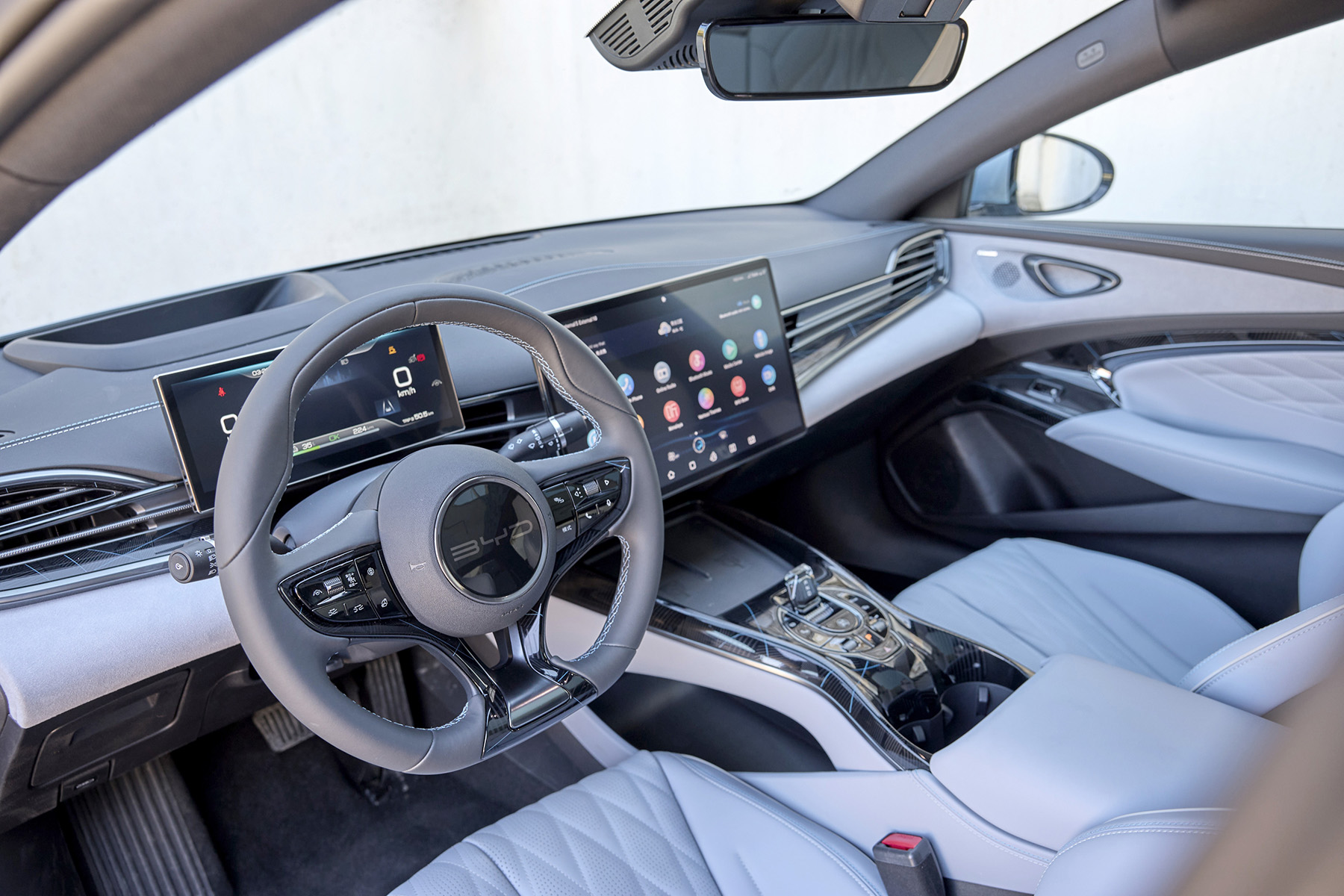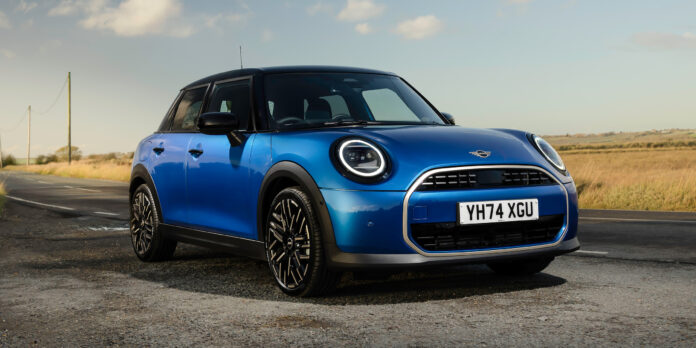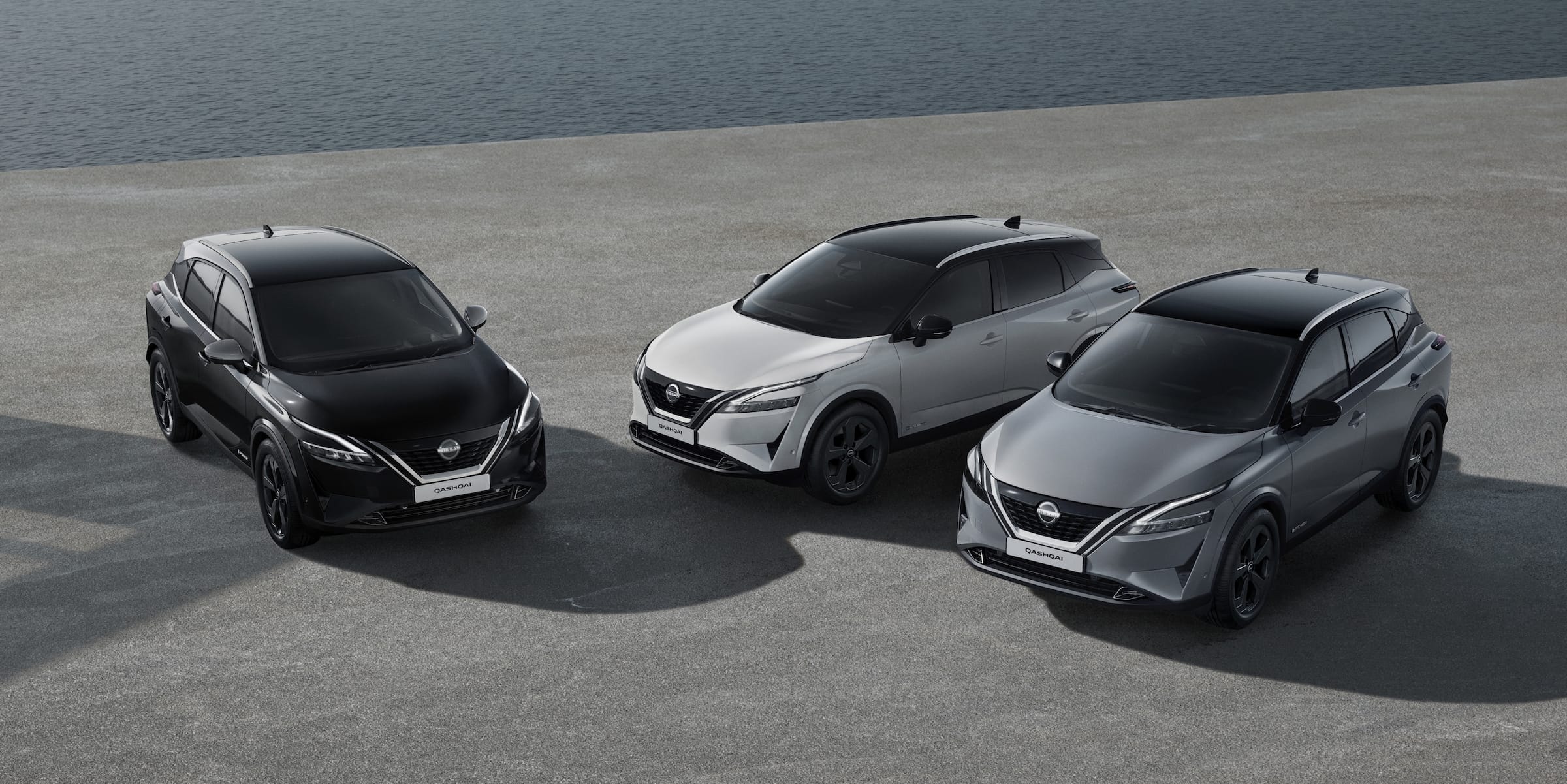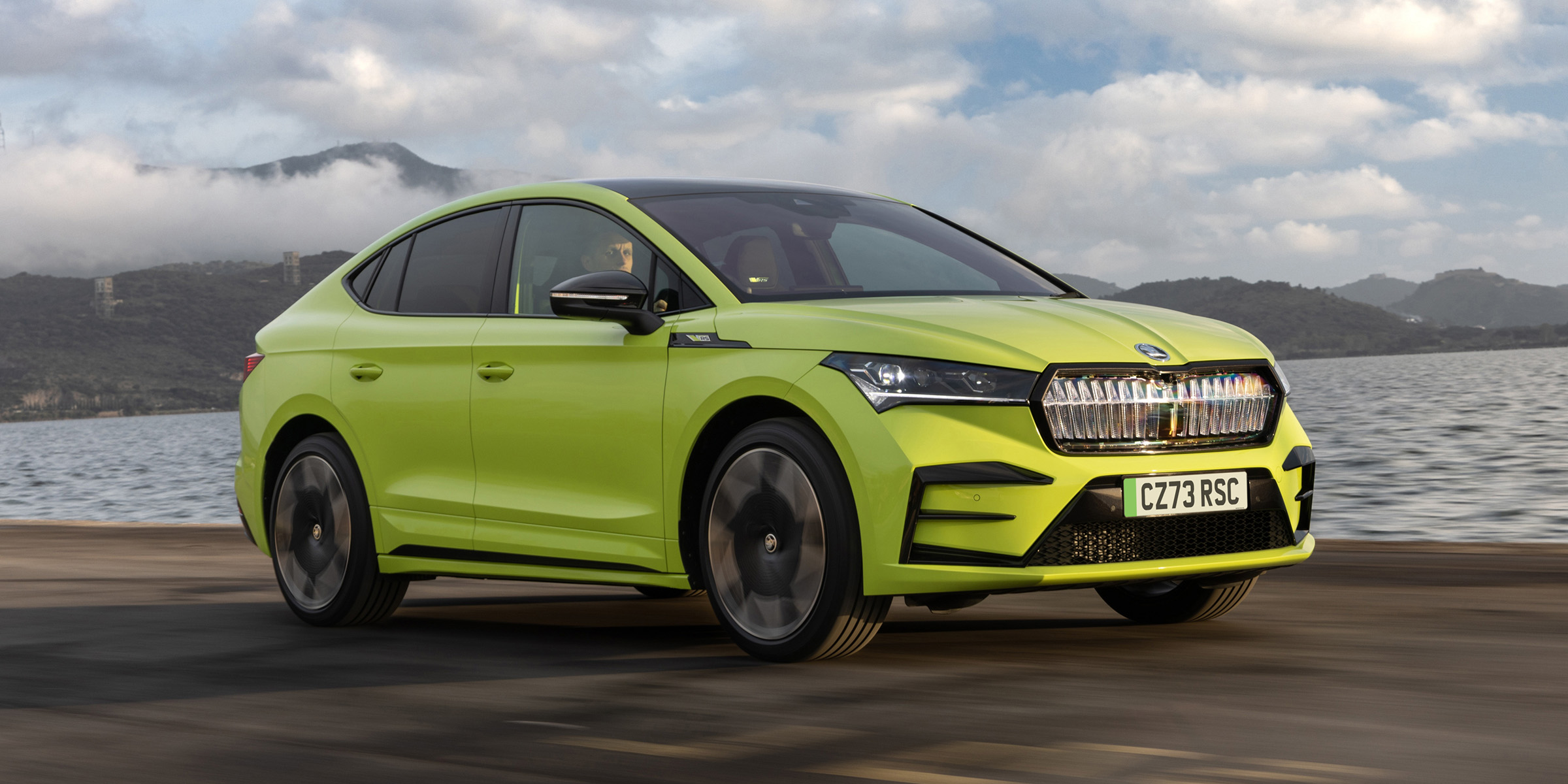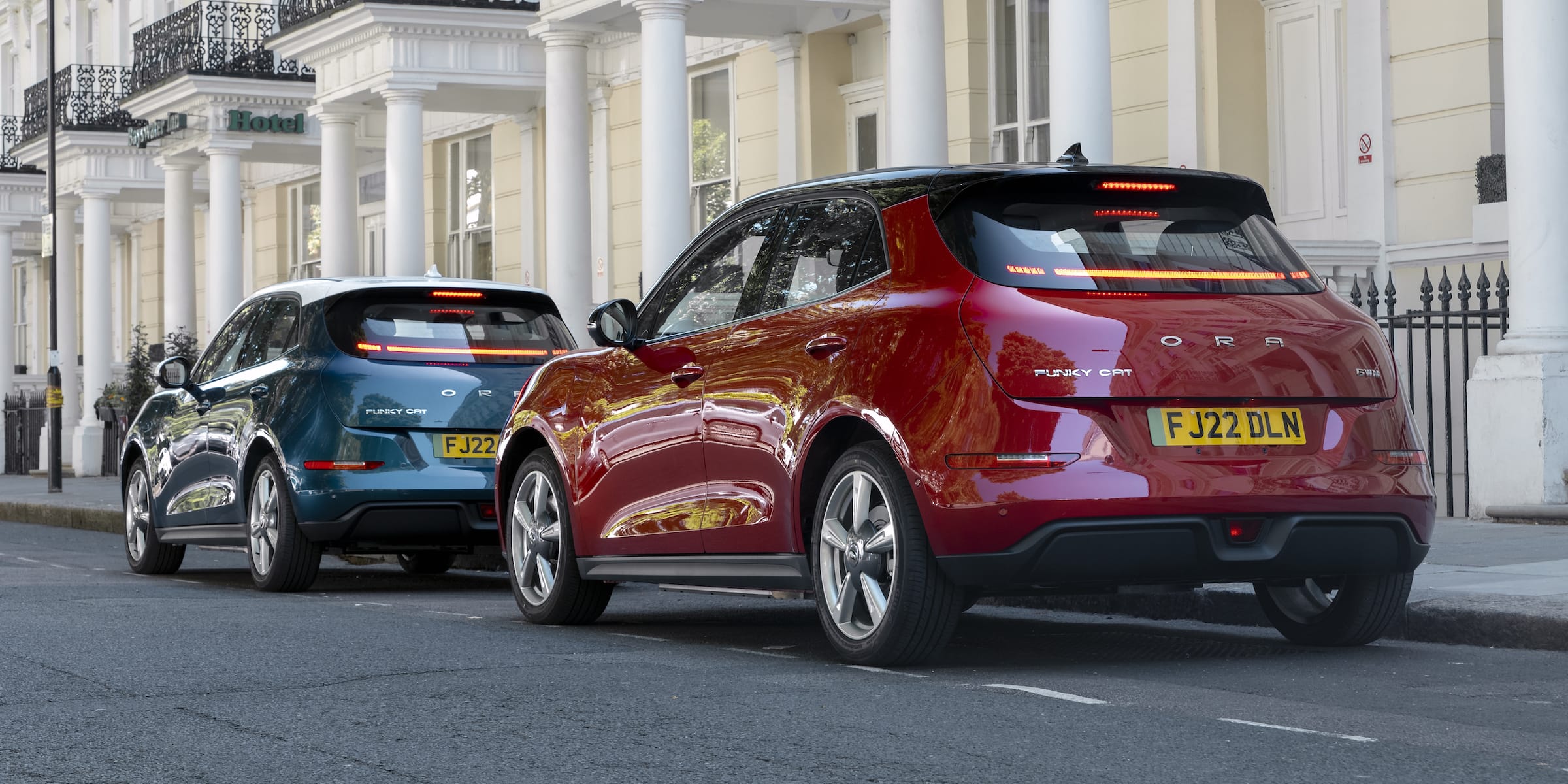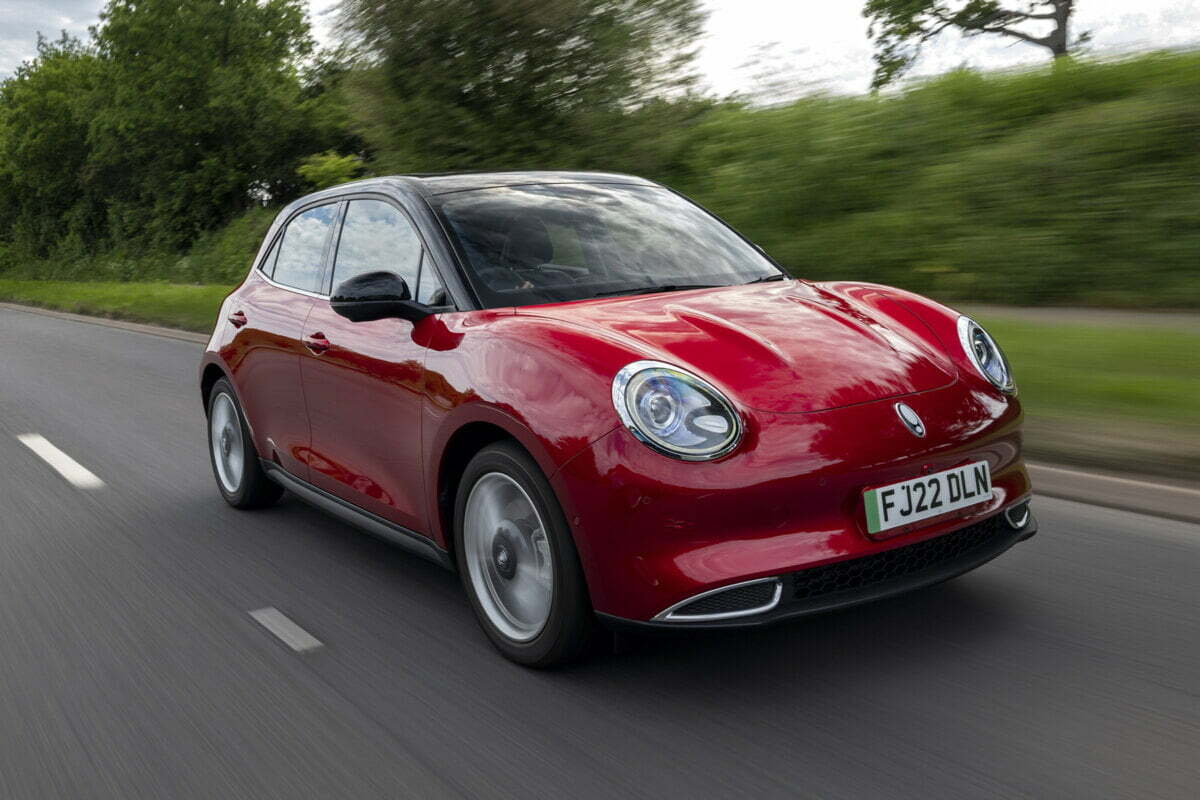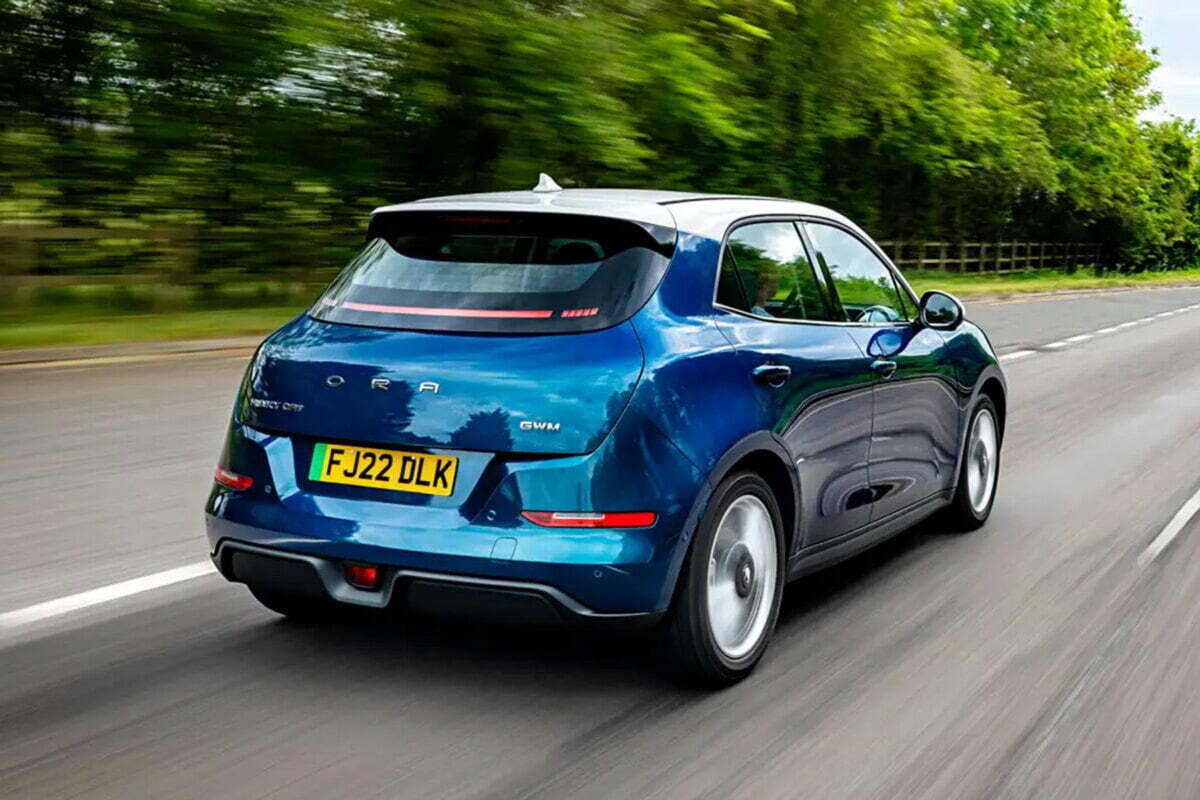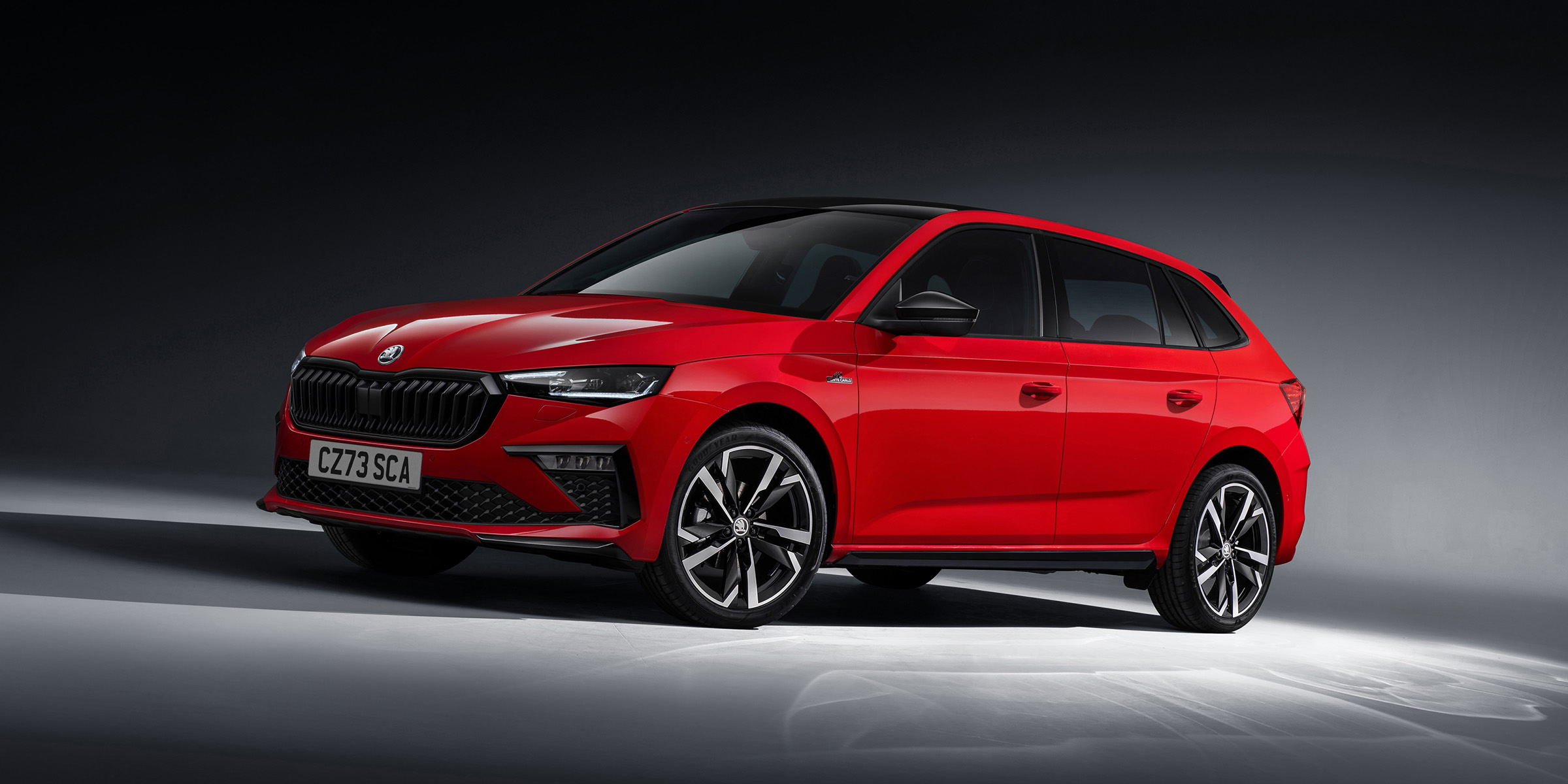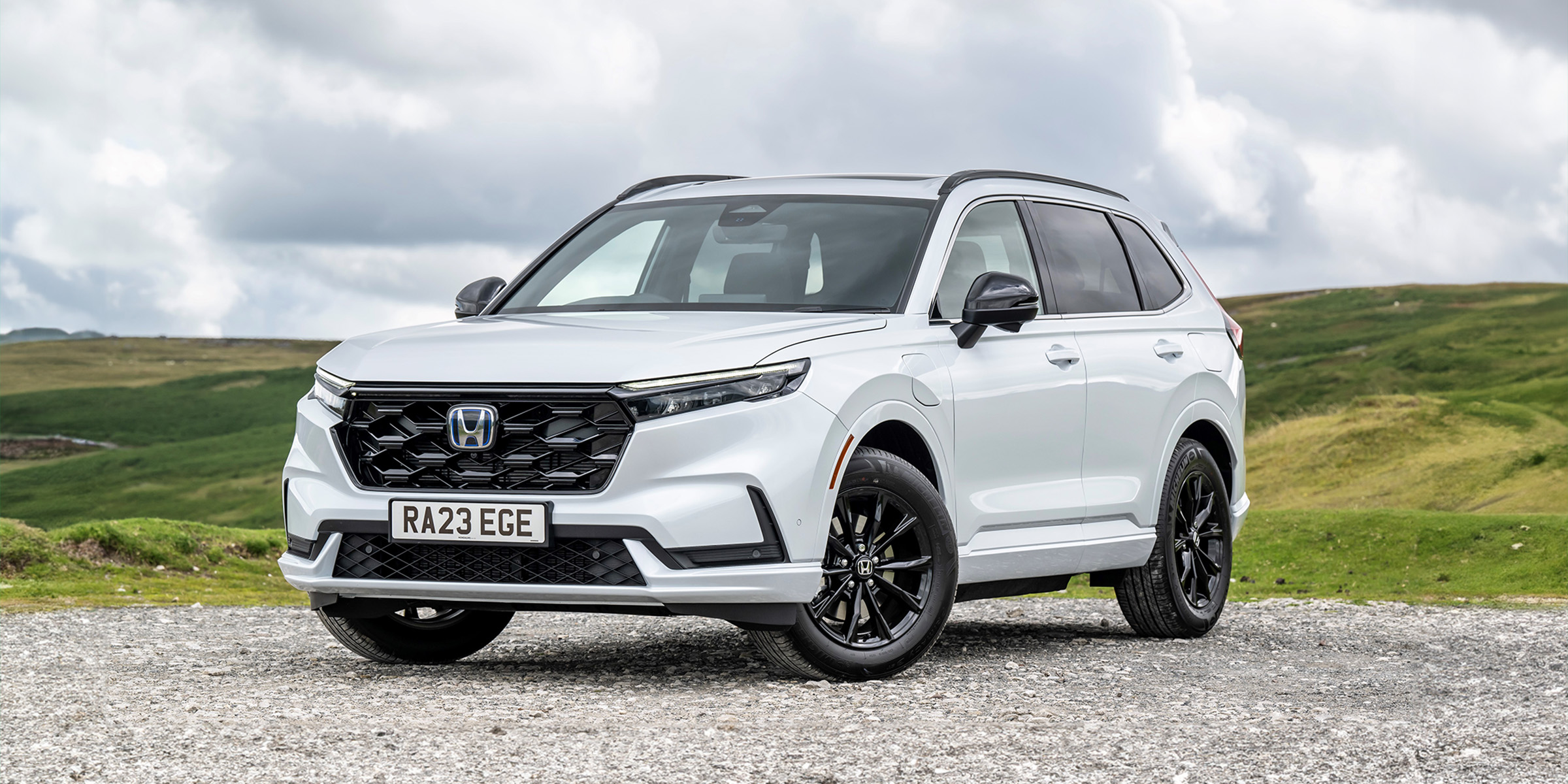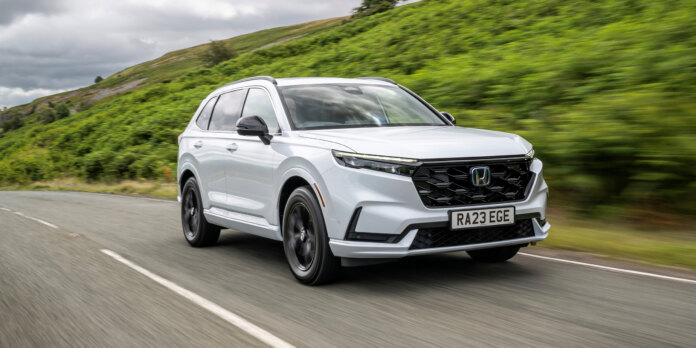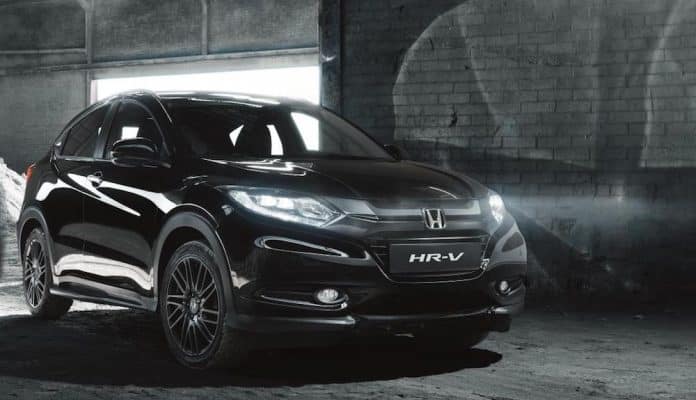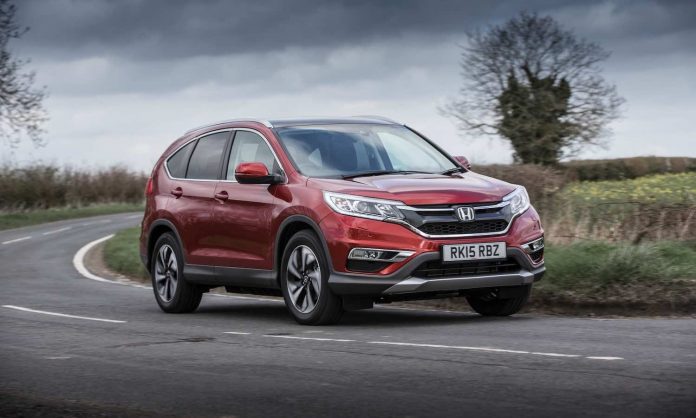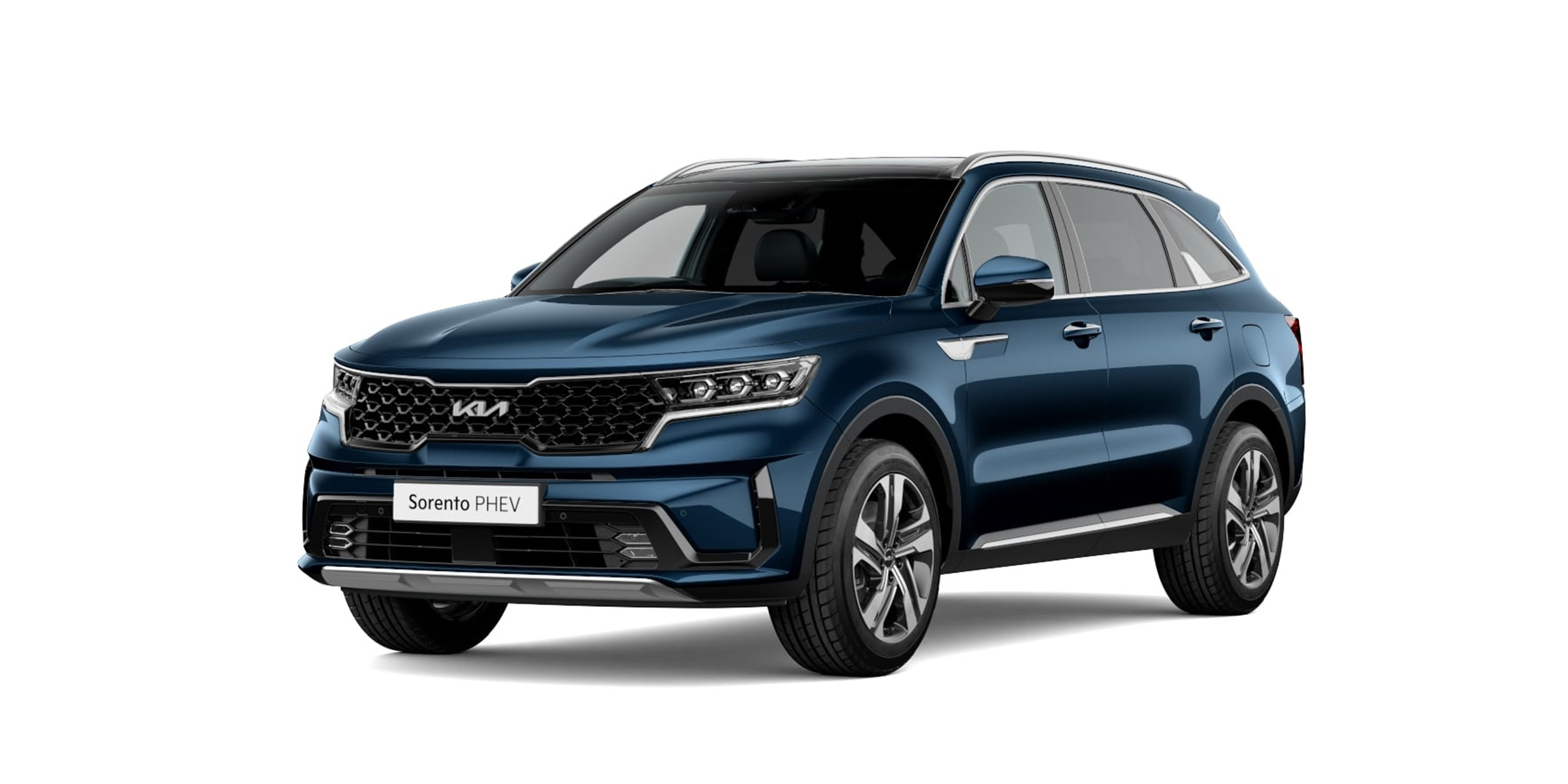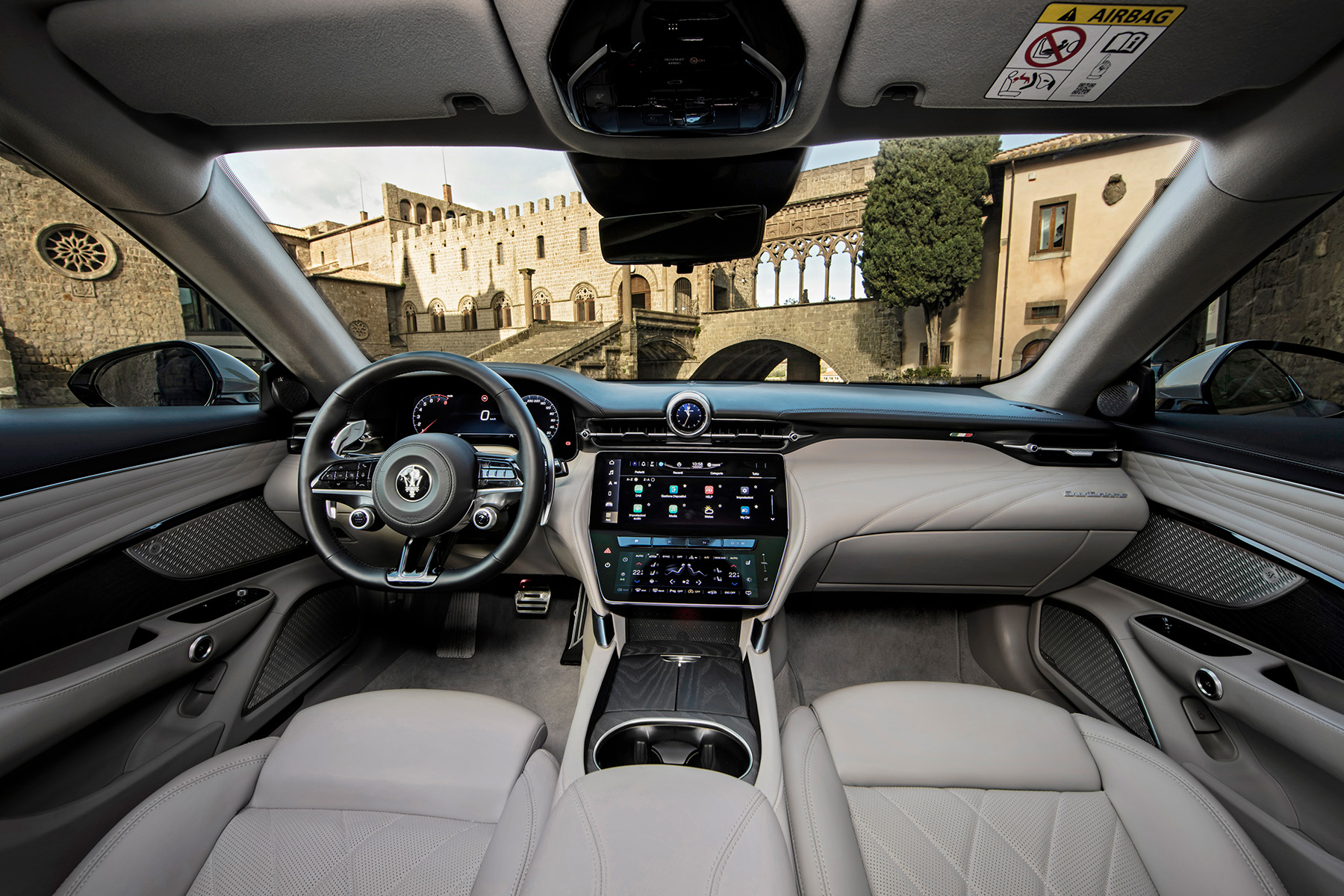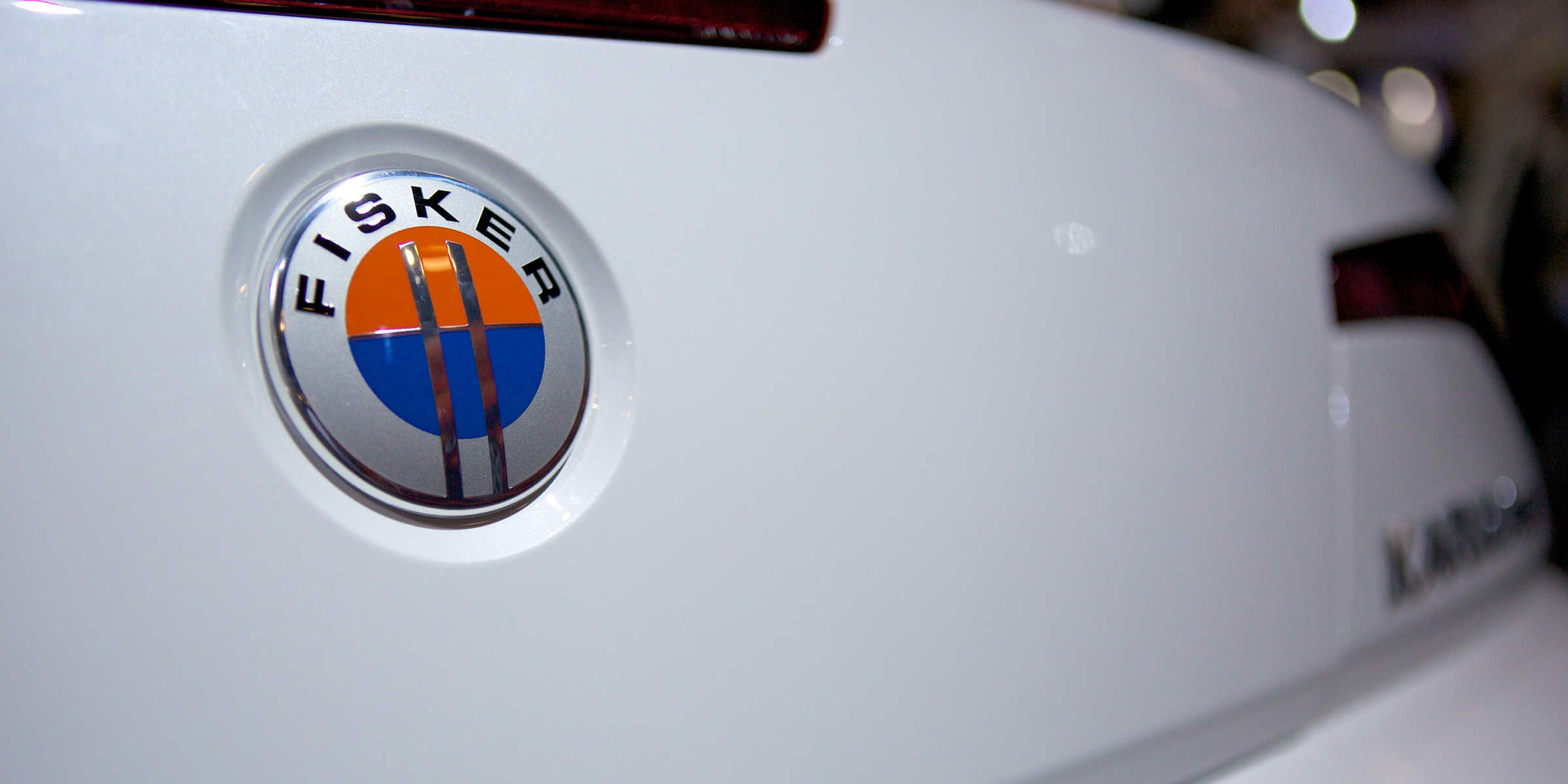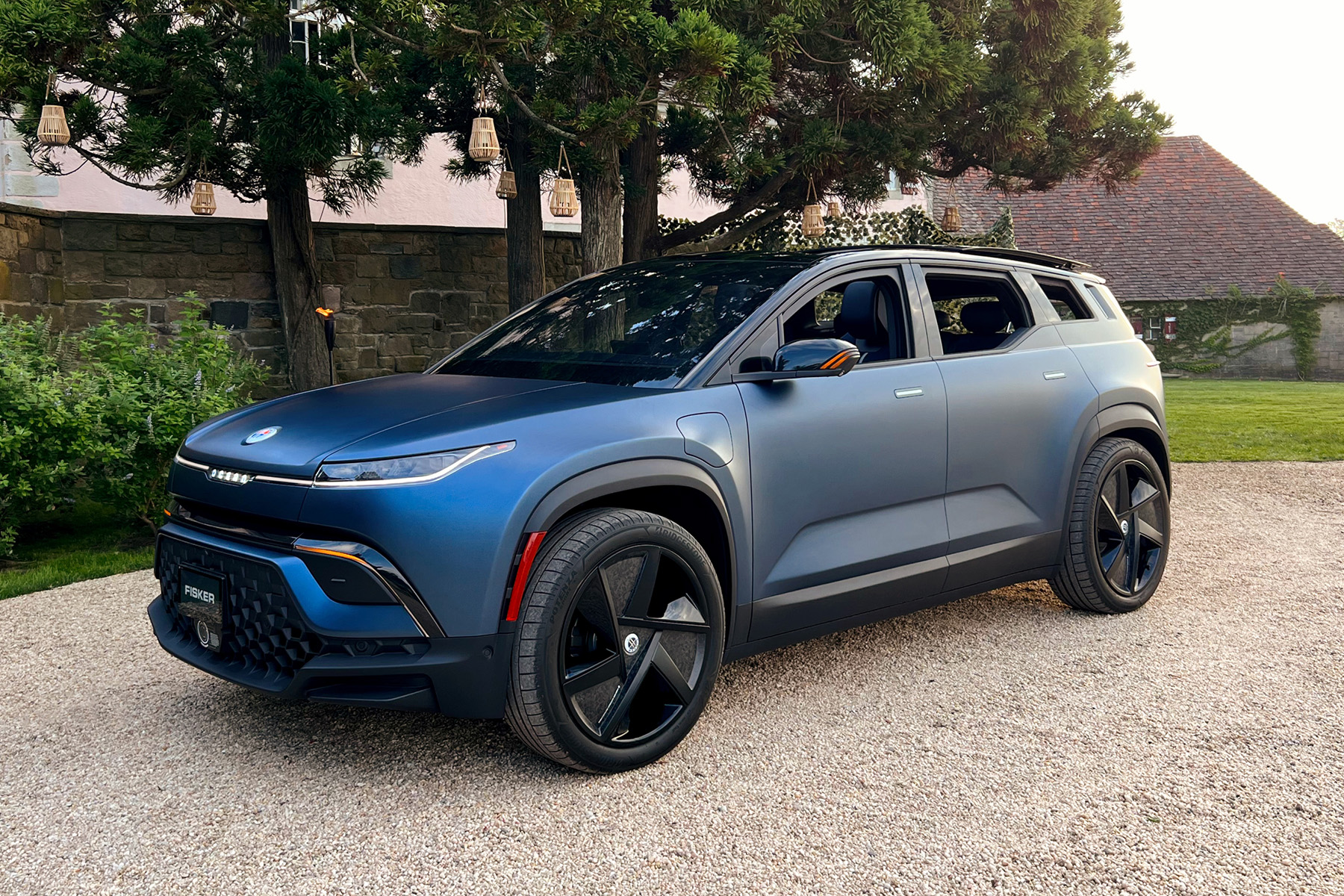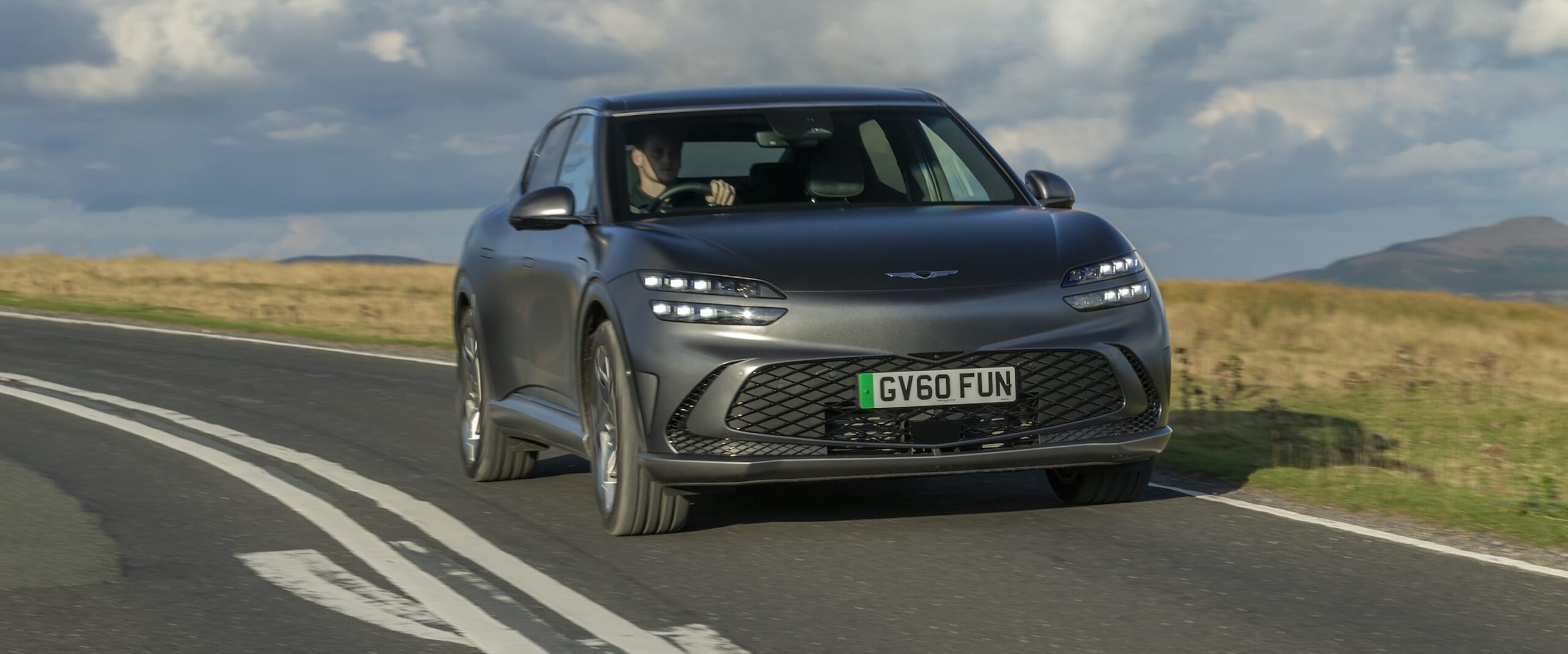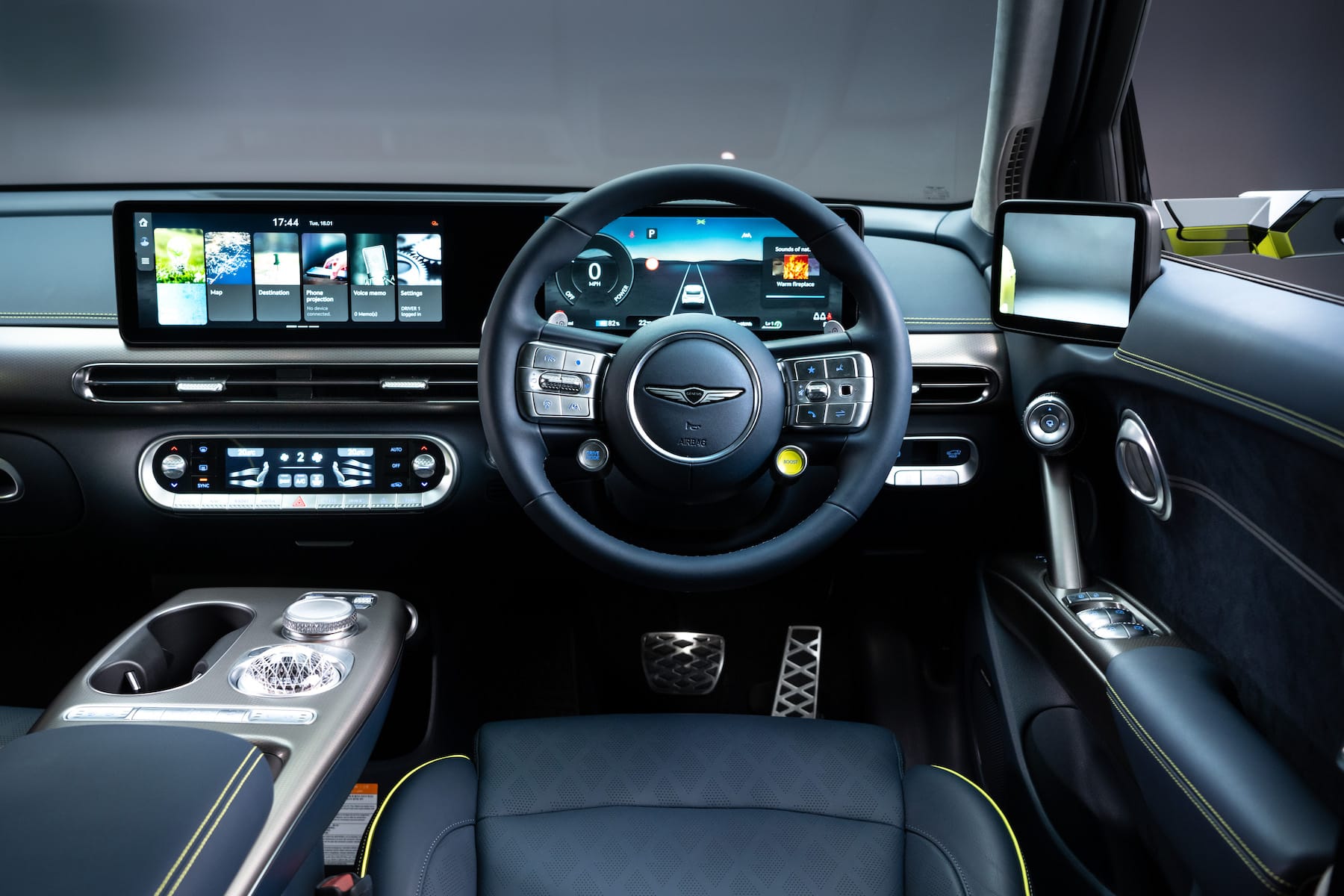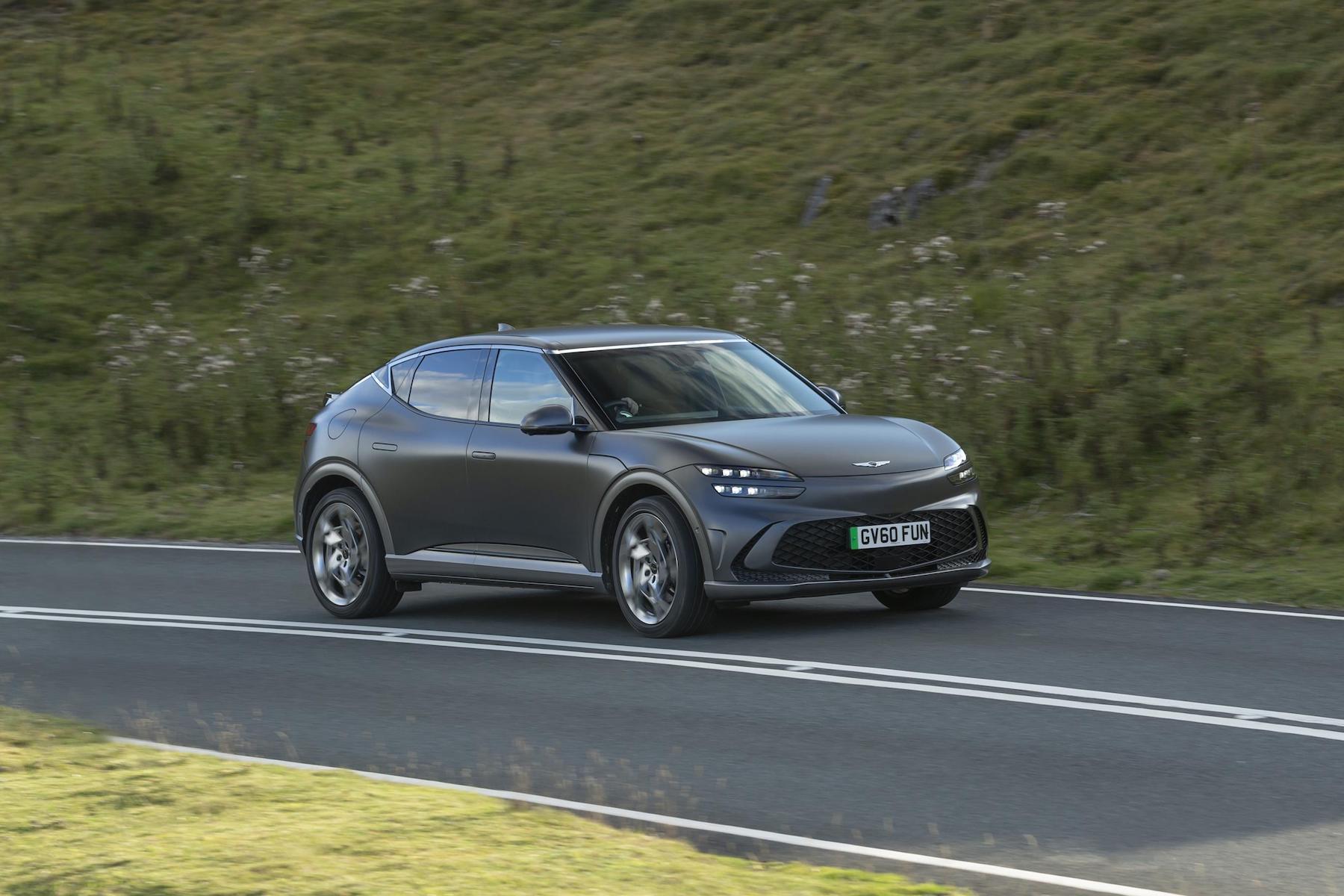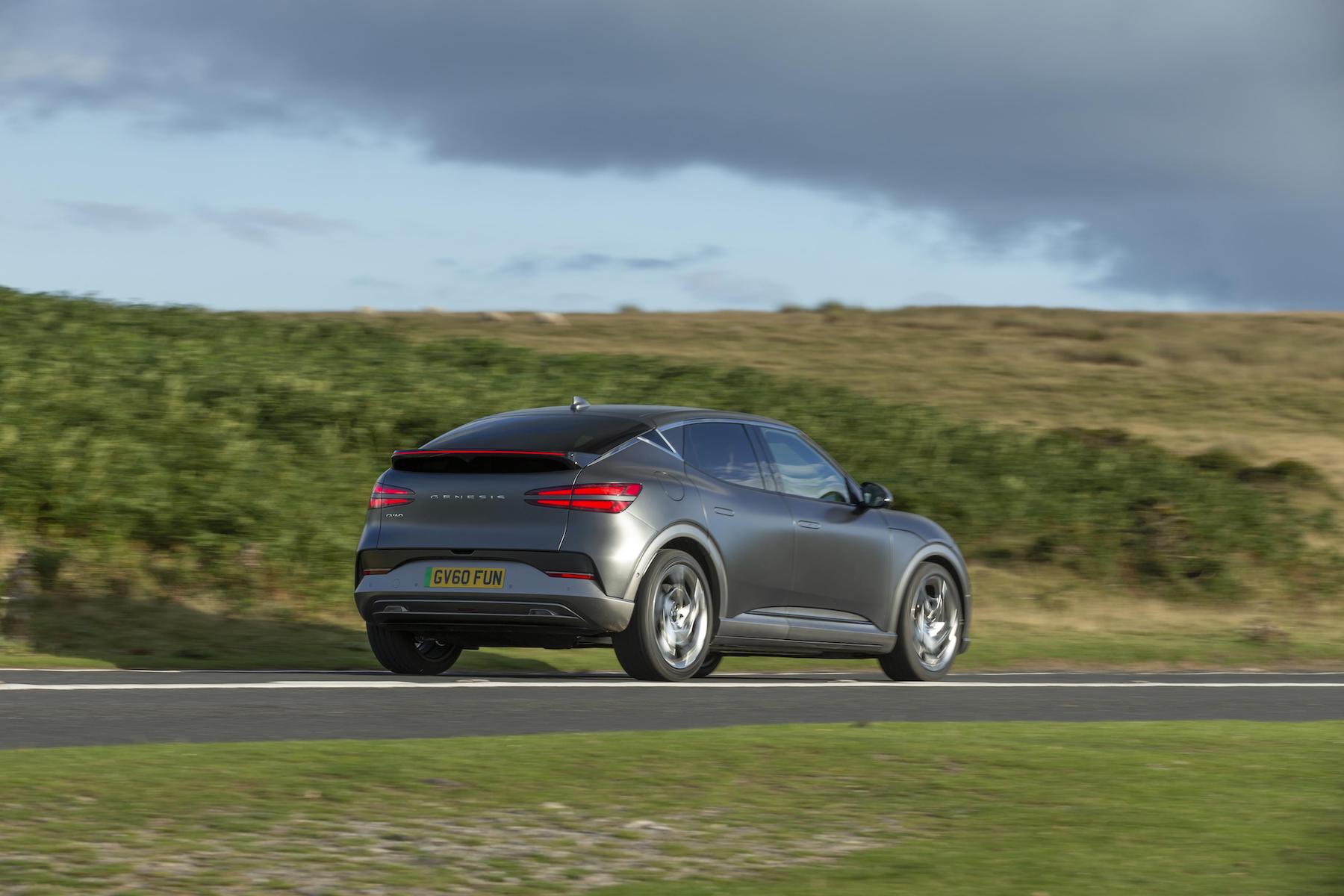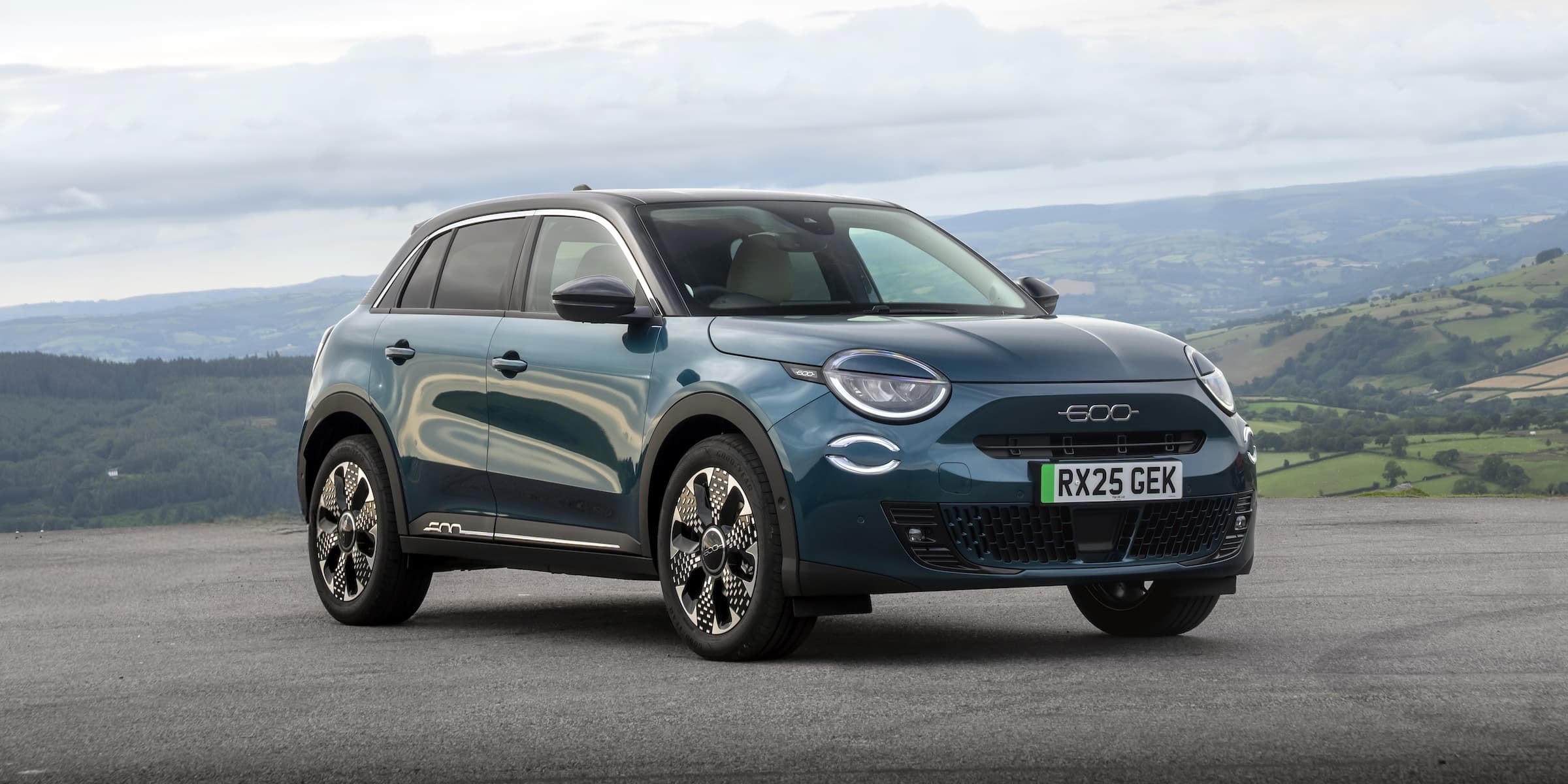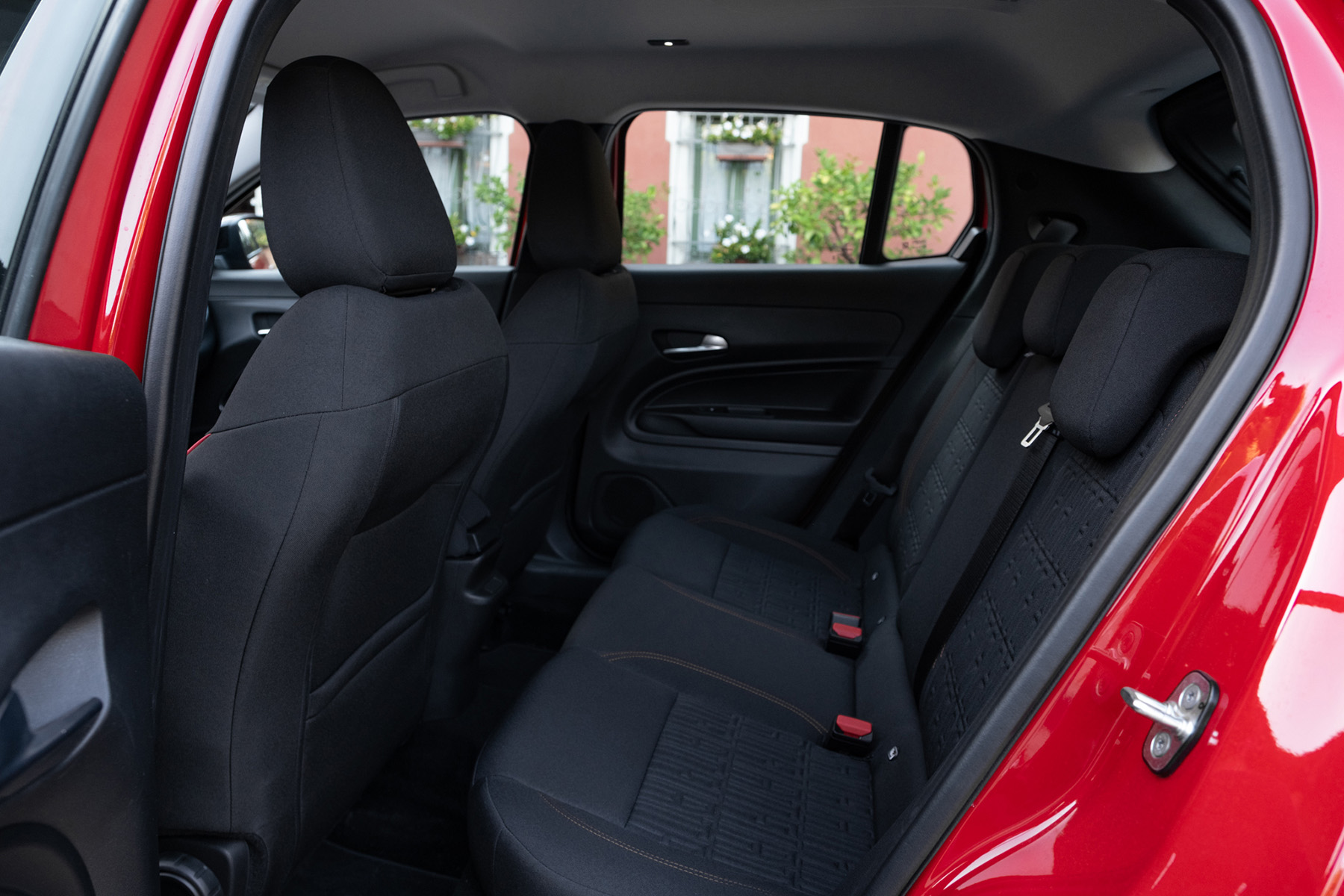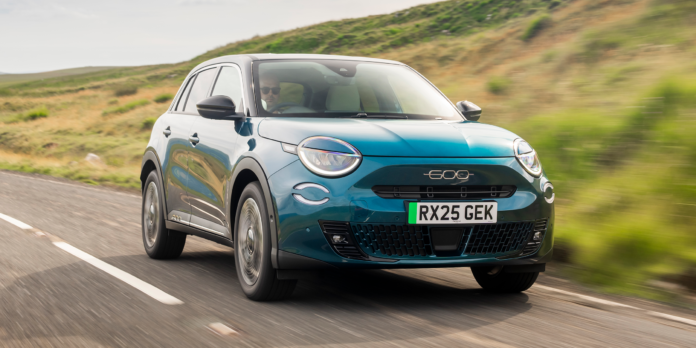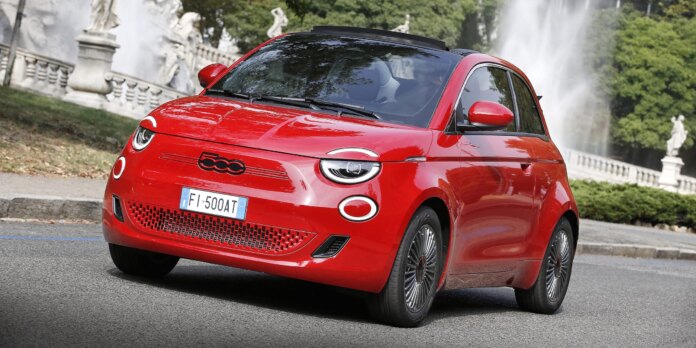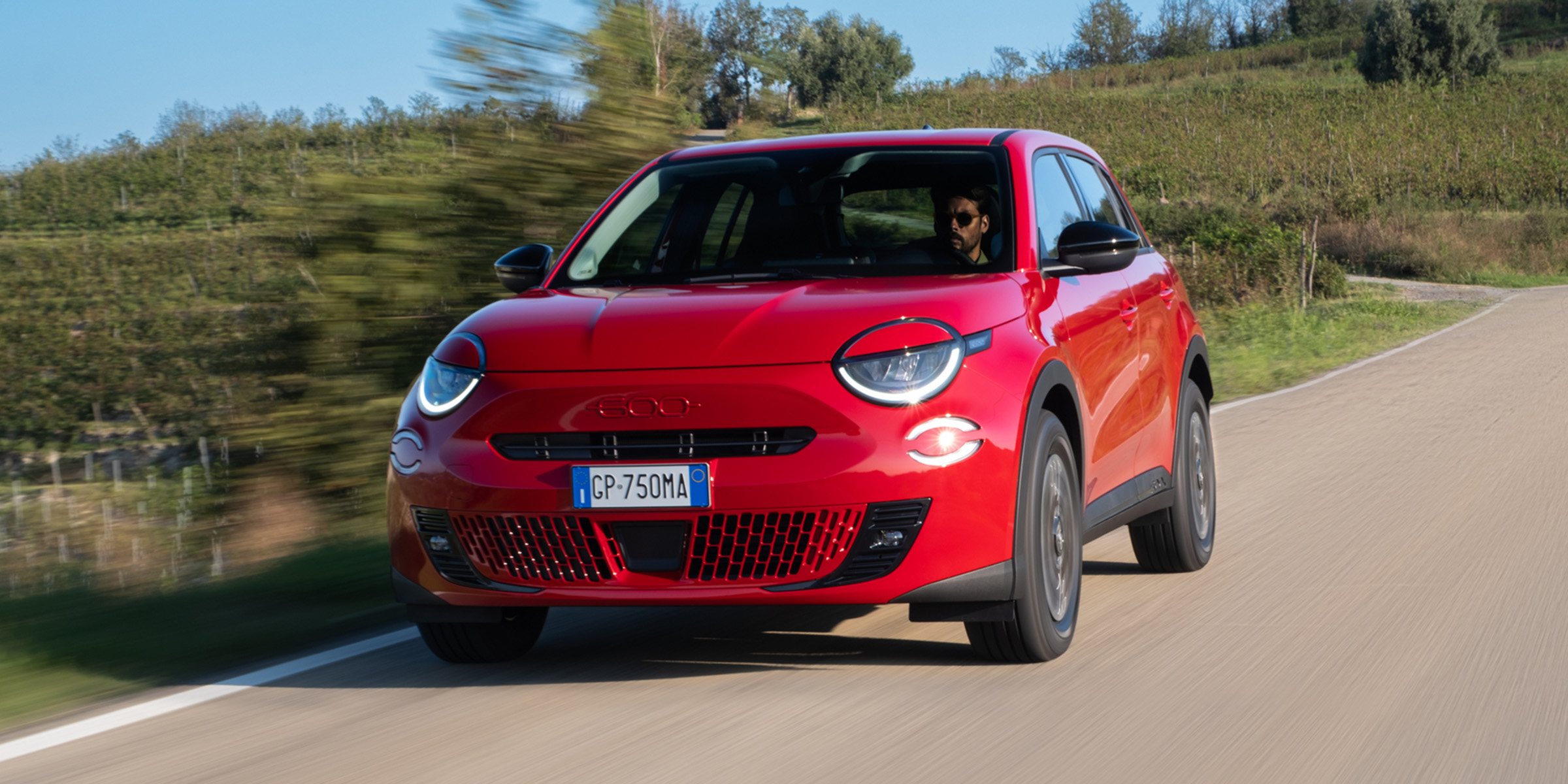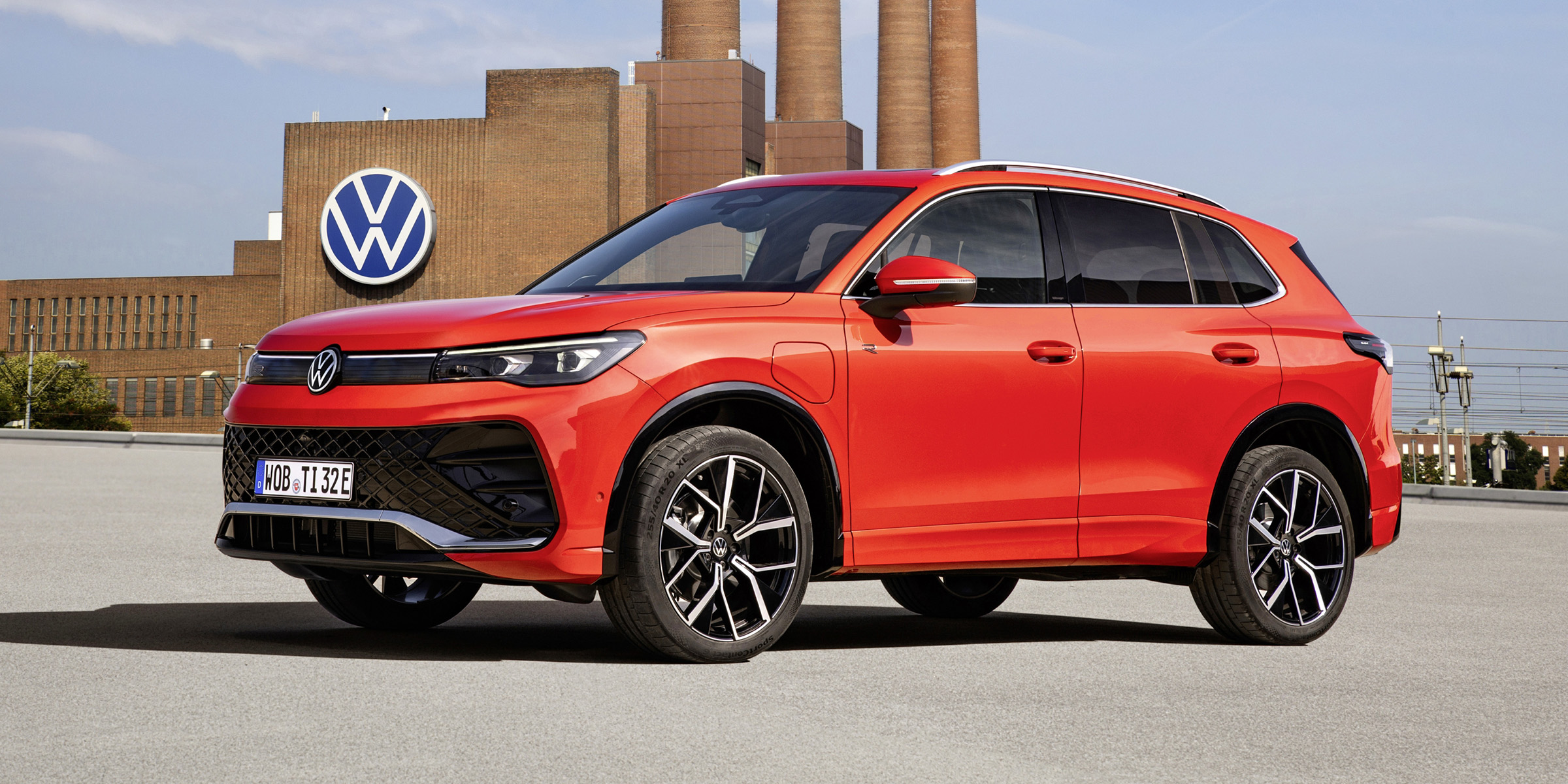This week’s release of new car sales data for the all-important month of September (one of the two biggest months of the year for new car sales) will have sent shivers down spines all over the car industry.
Without wanting to sound too gloomy, the good news wasn’t as good as it needed to be, and the bad news was worse than expected.
We reported on the September results earlier this week, but the main points were: the overall market was up 21% year-on-year for the month (fleets up 41%, private sales up 6%); hybrid and plug-in hybrids saw the strongest market share growth (up 31% and 51%, respectively); while EV sales were up 19% (2% less than the overall market), although consumer EV sales were down 14%. This last point is the most troubling.
Overall market growth is deceptive
Despite all the positive noises about 14 consecutive months of market growth, the news isn’t all that great. The continued growth over the last year is simply a partial post-Covid recovery from the fleet sector, which was hit much harder than the consumer market. Outperforming one of the worst years on record isn’t a spectacular achievement.
During 2020 and into 2021, many businesses were holding off any unnecessary spending. A prime example of that was reducing or even halting the turnover of vehicles in their fleets, which caused national fleet new car registrations to plunge.
From 2021 through most of 2022, the problem became very restricted supply of new vehicles. Most car companies used this limited number of new cars to prioritise private customers, who usually pay full price or close to it. Fleet customers demand, and usually get, substantial discounts on the sticker prices of the cars they buy. For car companies with few cars to sell, choosing to sell those cars at full price rather than discounting them by up to 40% was a no-brainer.
Now that car factories are mostly running at full speed again, and most larger businesses are also back to normal business as well, the traditional model of fleets buying heavily discounted new cars has returned. However, the sales numbers are still well below pre-pandemic levels from 2019 and earlier and are unlikely to ever return to those heady days.
EV sales are off target, and the prime minister has made things much worse
After nine months of the year, sales of new EVs are up 36%, against an overall market that’s up 20%. Sounds good, right? Well, yes, but…
For 2022 overall, EVs recorded an overall market share of 16.6%. This was helped by strong growth in the second half of the year, peaking in December when EVs took 32% of all new car sales. As of September 2023, the year-to-date market share for EVs is 16.4% – in other words, just behind the full-year share for 2022.
This level of market share has been pretty flat all year, with most months hovering around 16% and relatively little variation. We’re certainly not seeing the steady and continual growth that had been evident over the last few years, and were not likely to see the same end-of-year spike we saw last year.
The main reason for the current flatlining of EV market share is declining consumer EV sales counteracting growing EV fleet sales. In the second-biggest month of the year (March and September are the two big months), consumer sales of new EVs were down 14% against overall consumer market growth of 6%. This is a big problem.
Consumer new car sales traditionally make up about 45% of all sales, with fleets making up the other 55% or so. Given that consumers generally pay much more for their cars than fleets do, they make more money for the car companies. So if consumers are shying away from buying electric cars, it drags the whole EV market down and costs the industry a lot of money.
There is one important caveat to the September results, and that’s Tesla. The UK’s biggest seller of electric cars doesn’t operate like other car companies, and its sales tend to fluctuate wildly from month to month. In September, Tesla registrations were down by 36% compared to the same month last year, although we don’t know if this affected private sales any differently from fleet sales. It seems unlikely, but we can’t say. Over a full year, these fluctuations tend to even out and Tesla sales are up 23% after nine months of the year.
Consumer confidence in EVs is being destroyed
Given that consumer sales make up nearly half of the new car market, selling more EVs to ordinary punters is critical for car companies to keep doing business in the UK. If we’re going to increase the number of EV sales by a third in a matter of months, we can’t rely on fleets to save the day.
Rishi Sunak’s decision to delay the new car petrol/diesel ban from 2030 to 2035 had been teased through the Tory-friendly media for weeks, so it wasn’t a huge surprise when he finally made his announcement. There has also been a concerted attack on anything related to electric cars from the same media sources for many months, with baseless suggestions of bridges and car parks collapsing, nationwide power shortages, terrible resale values and much more – none of which are remotely factual.
All of this has been eroding consumer confidence in new EVs, and we are now starting to see the effect on sales. A 14% drop in sales is a big hit when the target is to increase sales dramatically. While this may be a one-off reaction that corrects itself quickly, it seems unlikely.
Private car sales tend to be quite emotional decisions, with common sense tending to play second fiddle. As one example, the old excuse of “my old car was costing too much to service so I bought a new car” is usually a case of spending thousands to save hundreds. Constant negative publicity of EVs will undoubtedly be influencing buying decisions for consumers.
This negative media coverage is less likely to influence fleet buying decisions, as fleet buyers tend to be more hard-nosed and objective. Procurement managers pore over detailed data to analyse upfront prices, running costs and predicted residual values to make the best business decisions, and electric cars are chosen because they represent better value over the necessary number of years.
Why is this a problem?
Put aside your personal feelings about whether climate change is real, or whether the government is right to ban petrol and diesel cars, or whether you like electric cars, for just a few moments.
The shift from fossil-fuel cars to electric cars is a global movement, and nothing that the UK’s prime minister or his troublesome backbenchers say is going to change that. The choice for the UK is to be part of that change or to be left behind.
Of all the car companies that sell significant numbers of new cars in the UK, none are developing new petrol or diesel vehicles. There are still some new fossil-fuel cars scheduled to be released over the next couple of years, but those are already pretty much signed off and in the process of being prepared for production. That process takes time, so they may not hit the streets until 2026 or so. But after that, we’re unlikely to see any genuinely new petrol or diesel cars – just facelifts and updates to existing models that will soldier on until it becomes uneconomical or illegal to sell them.
All of the new passenger cars that are currently being designed and developed for the UK and Europe (and most other developed countries in the world) are battery-powered electric cars. There’s no going back now. Whether you like it or not, it’s already happening.
Despite Rishi Sunak’s recent public u-turn on the government’s policy to phase out new petrol and diesel car sales by 2030, the government knows that it can’t hold back the future. That’s why it has kept its 2030 Zero Emission Vehicle mandate in place.
This little-known government directive requires that at least 22% of new car sales for every major car company must be zero-emission vehicles (ie – electric cars) in 2024, rising each year to 80% in 2030. Specifically, it looks like this:
Percentage of new cars that must be EVs
| Year | 2024 | 2025 | 2026 | 2027 | 2028 | 2029 | 2030 |
|---|---|---|---|---|---|---|---|
| Target | 22% | 28% | 33% | 38% | 52% | 66% | 80% |
The targets above were set by the government based on the 2030 deadline for ending petrol and diesel car sales, so the expectation was that 80% of new cars would be electric, and the remaining 20% would be plug-in hybrids.
The government has confirmed that the targets above remain in place, despite Sunak granting a five-year extension to the sale of petrol and diesel cars (which Labour says it will repeal if it wins the general election next year). If car manufacturers fail to hit these targets, they will be fined £15,000 per car.
To recap, we’re currently averaging about 16% market share for new electric vehicles, a number that’s been pretty flat all year. Yet for 2024 that has to increase to 22% and, in just over four years, electric cars will become the default with a target of 52% for 2028.
To put it more bluntly, EV sales will have to increase by a third over current levels, and in just three months’ time. And the prime minister has basically gone on national television and radio to more or less tell the people of the UK not to bother switching to electric vehicles. It all sounds like a storyline from “The Thick of It” or “Yes, Minister”, except not as funny.
Either the 2030 deadline needs to stay to match the mandate, or the mandate targets need to be pushed out to 2035 to match the revised petrol/diesel deadline. Trying to keep two separate targets, five years apart, is nonsensical for both customers and the car industry.
‘Aligning with the EU’ really means falling behind the EU
Many commentators have pointed out that shifting back the deadline for banning fossil-fuel cars to 2035 brings the UK into line with the EU’s deadlines. The prime minister also mentioned this the other week, although being a post-Brexit Tory PM, he couldn’t say that we’re just following the EU’s plan – so he highlighted this ‘alignment’ with a few individually named countries like Germany, France and Spain instead…
The reality is that aligning the UK’s deadline date with the EU puts us at the back of the queue. Most cars in the world – including those designed, developed and built by British car companies here in the UK – are designed first and foremost to be left-hand-drive cars, because the vast majority of the world drives on the other side of the road. The designs are then adapted to suit the small number of right-hand-drive markets like ours.
New models from most car brands usually go on sale in Europe about six months before landing here. Some models don’t even make it here because the requirements of adapting them for right-hand drive are not worth the cost and effort.
By setting the UK’s date a few years ahead of the EU and other markets, car companies were effectively forced to prioritise right-hand-drive development to bring their new EVs to market in the UK by 2030. If the 2035 date sticks, they’ll simply go back to concentrating on left-hand-drive cars first. An opportunity missed.
What should the government be doing?
Assuming that the prime minister isn’t going to backpedal on his last u-turn, there are still a couple of key things that the government needs to do to help the transition to EVs.
There’s been a lot of suggestion about re-introducing subsidies for electric cars, like the plug-in car grant, or scrappage schemes to remove older fossil-fuel cars in favour of electric vehicles. We don’t think that re-introducing the plug-in car grant is necessary, nor best use of public money. EV prices are coming down steadily, and the total cost of ownership over a four-to-five-year period is already swinging to favour electric cars.
There are already significant tax advantages for electric company cars or anyone eligible for a salary sacrifice plan. On salary sacrifice, many people can already get an EV for less than an equivalent petrol car thanks to this tax break. It is unfair that fleet buyers have a substantial tax advantage as well as their massive buying discounts, while consumers have to pay a double whammy of more tax and higher prices, but this is unlikely to be rebalanced anytime soon.
Where the government does need to be doing more is providing better education. Rather than publicly sowing fear and doubt into people’s minds, it needs to be running public information campaigns to help explain why the switch to EVs is happening, and what customers can do to integrate an electric car smoothly into their lives.
A proper education campaign would also help to combat the disinformation that has been splashed across both mainstream and fringe media channels about electric cars.
The other area where the government needs to do better is accelerating the roll-out of public charging infrastructure. If we’re serious about improving access to electric vehicles for everyone in Britain, then everyone needs to be able to charge their cars – anywhere they go, any time of day or night.
The government needs a proper charging infrastructure task force to accelerate the roll-out of charging points, co-ordinating private investment with local councils, land owners and National Grid. In rural areas, where there are fewer cars on the roads and therefore there’s less interest from private investors, the government needs to take on the burden of paying for EV chargers as a public service.
In an electric world, charging points are as much a part of the road network as tarmac and traffic lights. The government needs to treat them as such, yet there is little evidence of this happening.
In closing
We have a government which seems determined to bash EVs in public while also requiring car manufacturers to sell more of them. This is not a coherent strategy to support UK consumers or businesses, or the car industry. It is thoroughly confusing and counterproductive.
The prime minister’s anti-EV messaging is driving customers away from some of the best new cars on the market, yet it still expects those customers to buy significantly more EVs in just three months’ time. This is lunacy. It is already undermining the car industry, and could even lead to car manufacturers simply abandoning the UK altogether.

